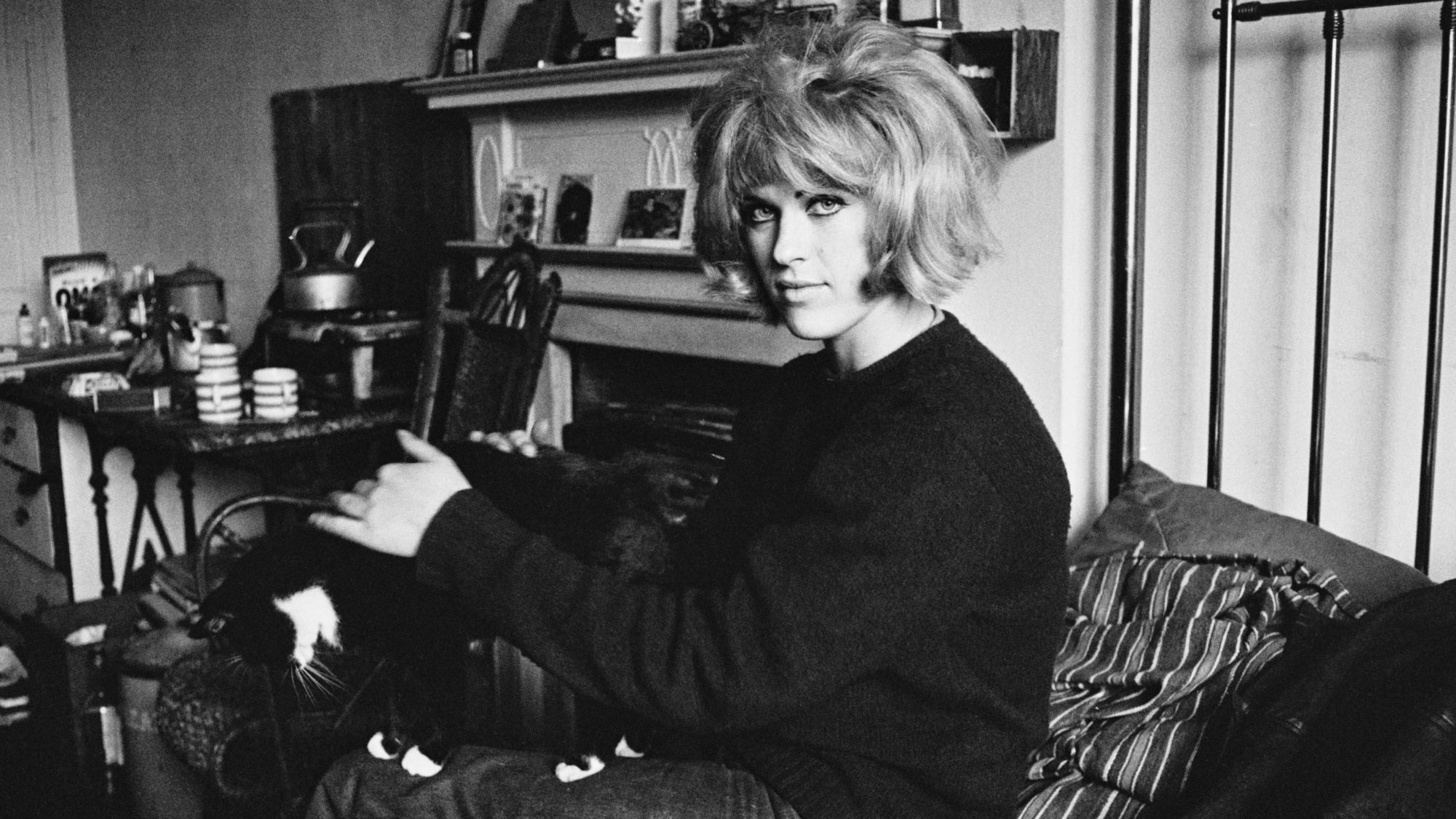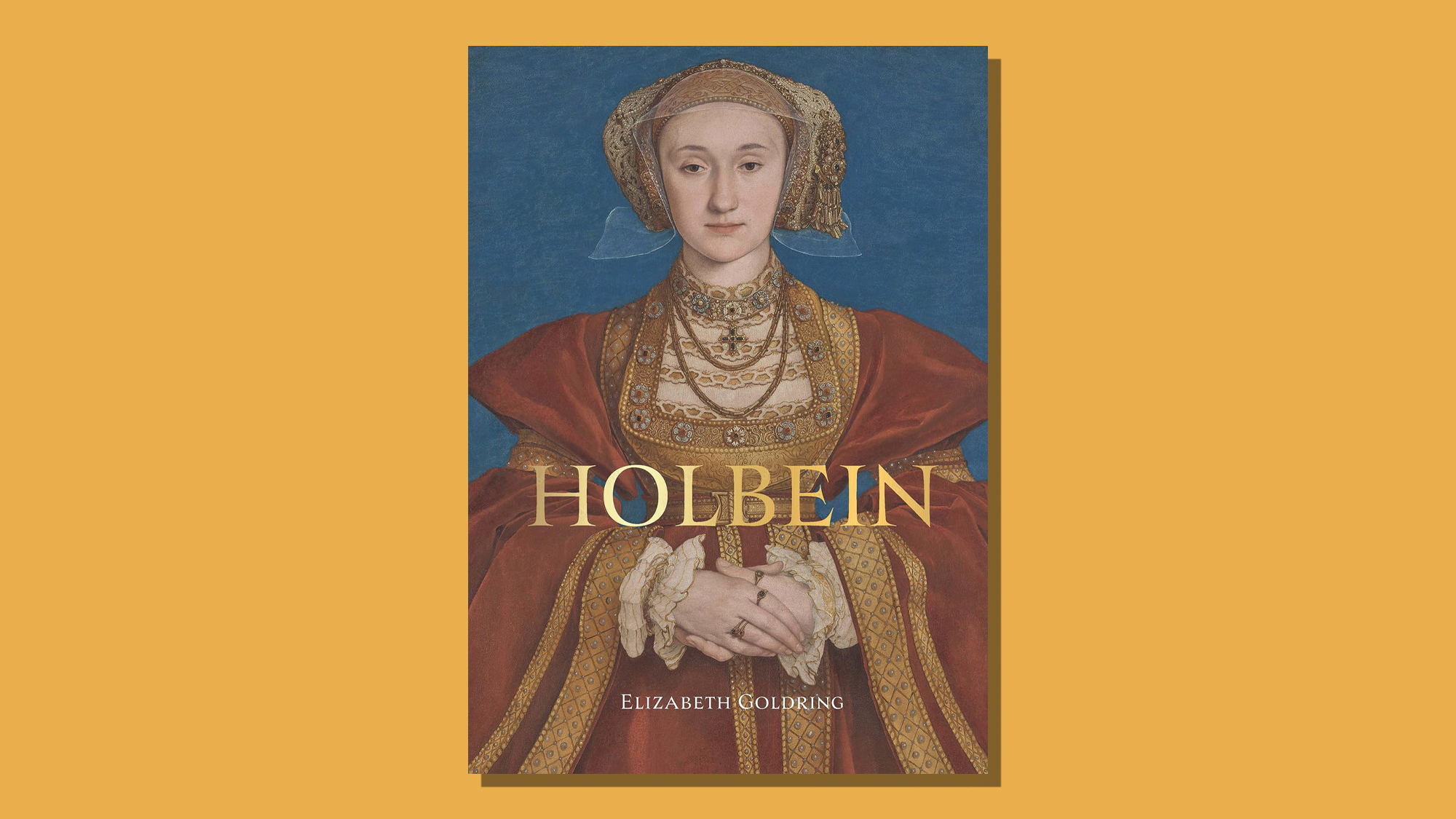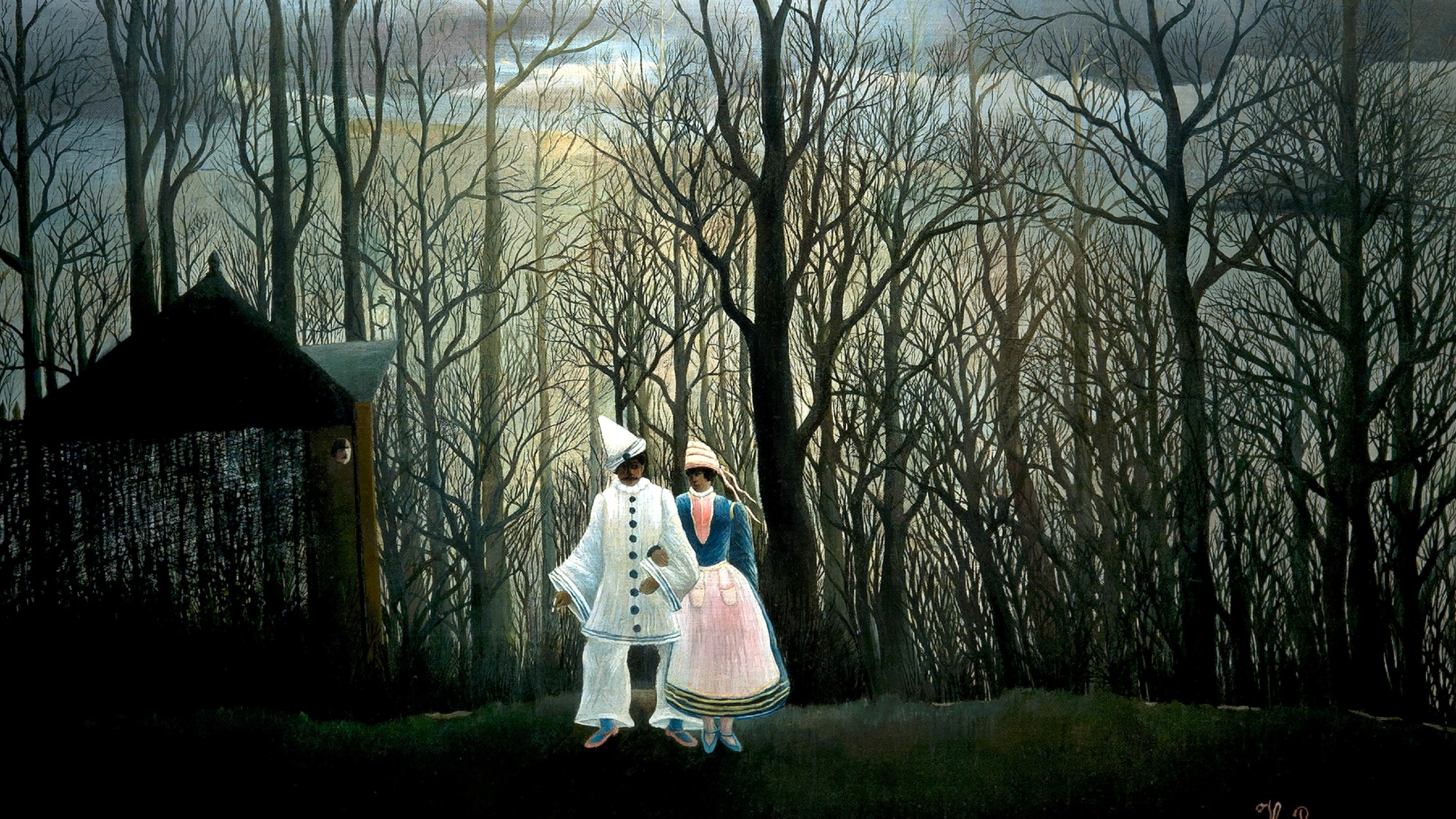Pauline Boty: A Portrait exhibition review
The exhibition offers a rare opportunity to see the work of a "largely forgotten" British artist up close.

Largely forgotten until the 1990s, Pauline Boty's work is now ranked by art historians "alongside the best pop art of the era", said Rob Walker in The Guardian. Boty was a fixture of the "Swinging London" scene. Beautiful, charismatic and "hugely popular", she mixed with many of the era's leading lights, including The Beatles, Bob Dylan and Michael Caine, with whom she appeared in the 1966 film Alfie. Her bold, vibrant paintings and collages captured the 1960s zeitgeist, depicting everything "from Elvis to Marilyn, American gangsters to scandalous British politicians, race riots in America to the missile crisis in Cuba". It seemed Boty was on course to "become one of the great artists of her generation", but in 1966, tragedy struck: while pregnant for the first time, she was diagnosed with cancer and died shortly after giving birth. She was just 28. This show, the first of her art in ten years, brings together paintings, collages and drawings as well as a wealth of archival material. It offers a rare opportunity to see the work of a long-overlooked British artist up close.
One reason why Boty's work isn’t often exhibited is that there isn’t very much of it, said Waldemar Januszczak in The Sunday Times. As such, it can be difficult to judge quite how good she was. This show, however, makes a decent stab of it, with a nice collection of "surviving goodies". The earliest work here, a 1955 self-portrait, has the "glum house mood of the 1950s", but also manages "to proclaim her film-star looks". Elsewhere, a 1958 gouache of a girl on a beach "feels like a study of loneliness rather than a record of seaside pleasures". There’s an interesting piece of stained glass – which is what she studied at the Royal College of Art – showing a mysterious female figure surrounded Victorian architecture. It's only later that she arrives at the "signature" pop style for which she is renowned. She depicts Jean-Paul Belmondo surrounded by "hovering hearts" and "red roses", while Fidel Castro is "noisily" celebrated in a composition "full of victorious flags and rousing peasants".
Boty’s visual metaphors could be "clunky" and obvious, said Helen Barrett in The Critic. Yet she succeeded in "skewering the male gaze" with uncommon precision. Indeed, it is difficult to think of another British female artist of the time "who critiqued feminine objectification with Boty’s directness". Colour Her Gone, a portrait of Marilyn Monroe painted just after the actress’s death, contorts the subject’s face "into a rigid smile", with grey spaces threatening "to blot her out". A 1960 collage, meanwhile, sees a woman held "in a net of paraphernalia – lingerie, lipstick, dye – against a blue horizon of possibility". There is no doubting Boty’s importance. We can only imagine "what she may have gone on to achieve".
The Week
Escape your echo chamber. Get the facts behind the news, plus analysis from multiple perspectives.

Sign up for The Week's Free Newsletters
From our morning news briefing to a weekly Good News Newsletter, get the best of The Week delivered directly to your inbox.
From our morning news briefing to a weekly Good News Newsletter, get the best of The Week delivered directly to your inbox.
Gazelli Art House, London W1 (020-7491 8816, gazelliarthouse.com). Until 24 February.
Sign up to The Week's Arts & Life newsletter for reviews and recommendations
A free daily email with the biggest news stories of the day – and the best features from TheWeek.com
-
 Heavenly spectacle in the wilds of Canada
Heavenly spectacle in the wilds of CanadaThe Week Recommends ‘Mind-bending’ outpost for spotting animals – and the northern lights
-
 Facial recognition: a revolution in policing
Facial recognition: a revolution in policingTalking Point All 43 police forces in England and Wales are set to be granted access, with those against calling for increasing safeguards on the technology
-
 Codeword: December 14, 2025
Codeword: December 14, 2025The daily codeword puzzle from The Week
-
 Heavenly spectacle in the wilds of Canada
Heavenly spectacle in the wilds of CanadaThe Week Recommends ‘Mind-bending’ outpost for spotting animals – and the northern lights
-
 10 upcoming albums to stream during the winter chill
10 upcoming albums to stream during the winter chillThe Week Recommends As the calendar turns to 2026, check out some new music from your favorite artists
-
 It Was Just an Accident: a ‘striking’ attack on the Iranian regime
It Was Just an Accident: a ‘striking’ attack on the Iranian regimeThe Week Recommends Jafar Panahi’s furious Palme d’Or-winning revenge thriller was made in secret
-
 Singin’ in the Rain: fun Christmas show is ‘pure bottled sunshine’
Singin’ in the Rain: fun Christmas show is ‘pure bottled sunshine’The Week Recommends Raz Shaw’s take on the classic musical is ‘gloriously cheering’
-
 Holbein: ‘a superb and groundbreaking biography’
Holbein: ‘a superb and groundbreaking biography’The Week Recommends Elizabeth Goldring’s ‘definitive account’ brings the German artist ‘vividly to life’
-
 The Sound of Music: a ‘richly entertaining’ festive treat
The Sound of Music: a ‘richly entertaining’ festive treatThe Week Recommends Nikolai Foster’s captivating and beautifully designed revival ‘ripples with feeling’
-
 ‘Furious Minds: The Making of the MAGA New Right’ by Laura K. Field and ‘The Dream Factory: London’s First Playhouse and the Making of William Shakespeare’ by Daniel Swift
‘Furious Minds: The Making of the MAGA New Right’ by Laura K. Field and ‘The Dream Factory: London’s First Playhouse and the Making of William Shakespeare’ by Daniel SwiftFeature An insider’s POV on the GOP and the untold story of Shakespeare’s first theater
-
 Henri Rousseau: A Painter’s Secrets
Henri Rousseau: A Painter’s Secretsfeature Barnes Foundation, Philadelphia, through Feb. 22